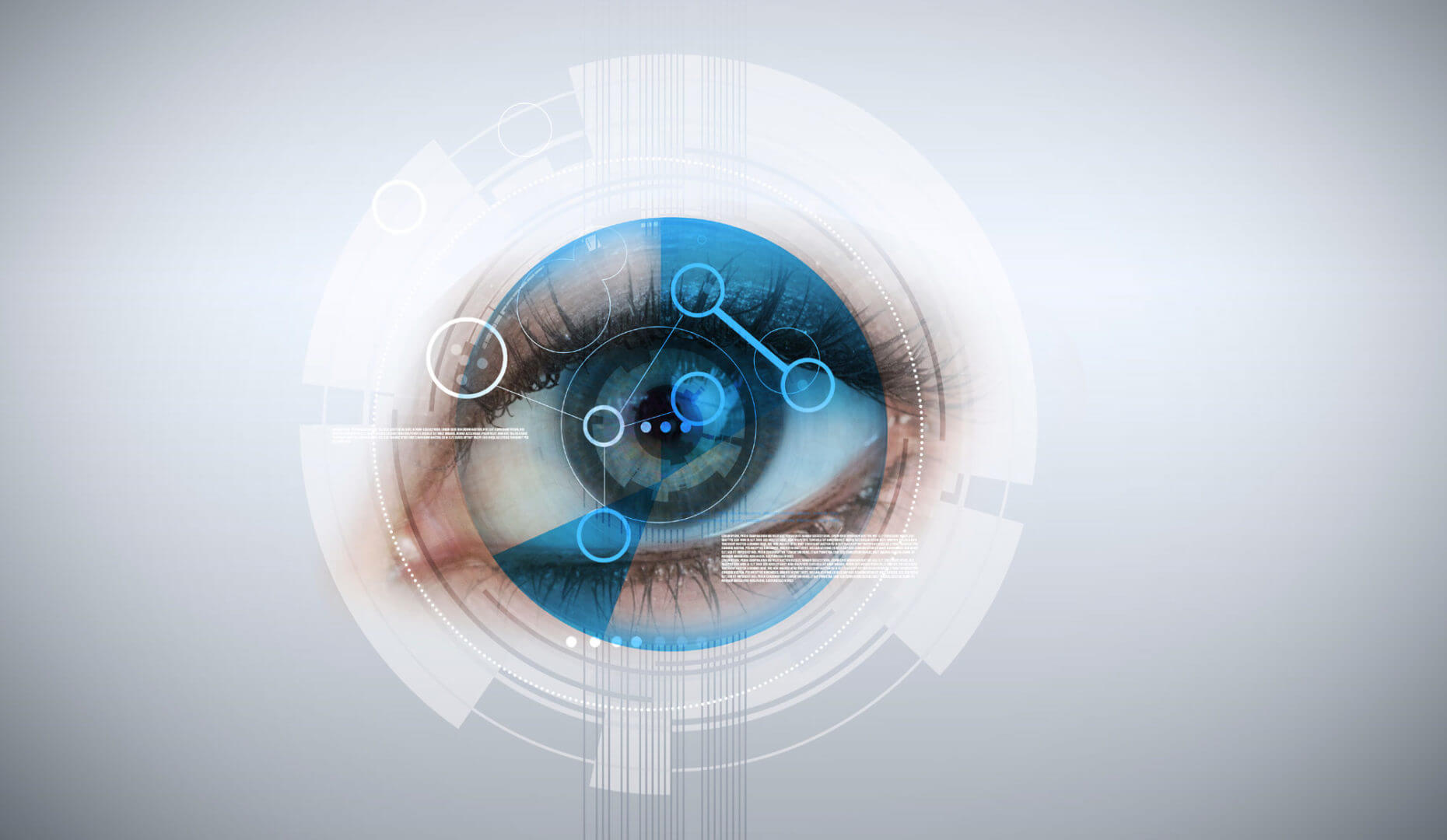Watch This Video to Screen Yourself for Parkinson’s Disease
That tiny camera in your computer may soon be watching you.
Marketers are chomping at the bit for the not-so-distant day when eye-tracking software will be able to collect data on consumer reactions via computer and mobile cameras. Their goal is to produce more compelling ads. But such technology will also be able to screen users for Parkinson’s disease and other conditions.
Laurent Itti, a USC Viterbi professor of computer science, psychology and neuroscience whose lab develops eye-tracking software to research visual attention, explains this leap.
As you move your eyes, the center of your pupil moves around, allowing the camera to see where you are actually looking on the screen,” Itti said. “For the first time, we are getting an objective fingerprint for each individual’s viewing behavior — how each brain is working — and we are finding that different neurological disorders have different fingerprints.
As you move your eyes, the center of your pupil moves around, allowing the camera to see where you are actually looking on the screen,” Itti said. “For the first time, we are getting an objective fingerprint for each individual’s viewing behavior — how each brain is working — and we are finding that different neurological disorders have different fingerprints.
This finding is significant because neurological disorders like Parkinson’s cannot be screened or diagnosed via a simple blood test. It takes hours of one-on-one interaction with a trained clinician to determine if a person has a disorder like attention deficit hyperactivity disorder (ADHD). This testing, which can resemble an IQ test, is time-consuming and difficult to administer to young children.
“Nowadays, ADHD diagnoses are often initially triggered by a schoolteacher telling parents that their child is out of control in the classroom,” Itti said. “This initial judgment is very subjective.”
To address that, Itti, former computer science Ph.D. student Po-He Tseng and partners from the Centre for Neuroscience Studies at Queen’s University in Kingston, Ontario, are researching and developing eye-tracking software that can streamline the screening of disorders like ADHD, fetal alcohol spectrum disorder, Parkinson’s and autism.
The test is quick, painless and effective. The subject sits in front of a computer outfitted with a video camera that tracks their eye movements while they watch video clips for five minutes (cartoons for kids, nature shows and street scenes for adults). The software then analyzes how often the eye moves and where, what most attracts the eye and how long it looks at those things, and how the subject’s reactions compare to a normative peer group.
The resulting score is a biometric signature of the subject’s brain, a neurological fingerprint. The likelihood that the subject suffers from a disorder is determined by comparing their score to that of a control population. If the results indicate a potential disorder, the subject may then seek an in-depth evaluation and diagnosis from a doctor.

Currently, Itti’s screening test for ADHD is 77 percent to 80 percent accurate. With further research, he hopes to increase its accuracy even more and expand the list of disorders the software can screen to include conditions that are more difficult to diagnose, including schizophrenia and Alzheimer’s disease.
Itti envisions that someday we won’t have to travel farther than our local pharmacy to screen ourselves for Parkinson’s disease and other neurological conditions, just as we can now do for blood pressure.
“You’ll be able to sit down at the pharmacy while you wait for your prescription and watch video clips for a few minutes. The machine will give you a number, just like a blood pressure reading,” he predicts. “And if the number is high, it will recommend you go to your doctor for a more in-depth evaluation.”
This research is supported by the National Science Foundation, the Army Research Office, the Human Frontier Science Program and the Canadian Institutes of Health Research.




